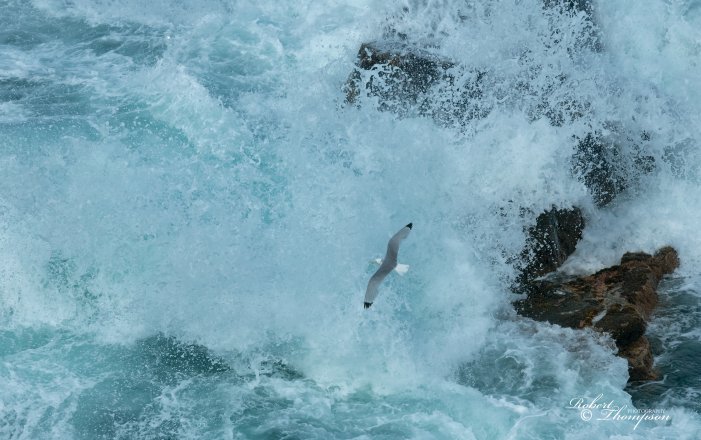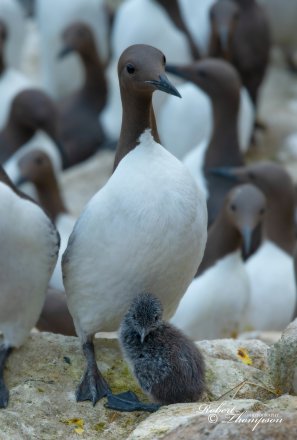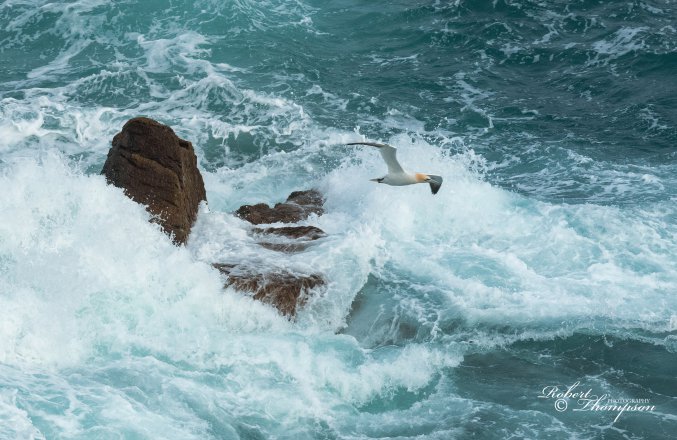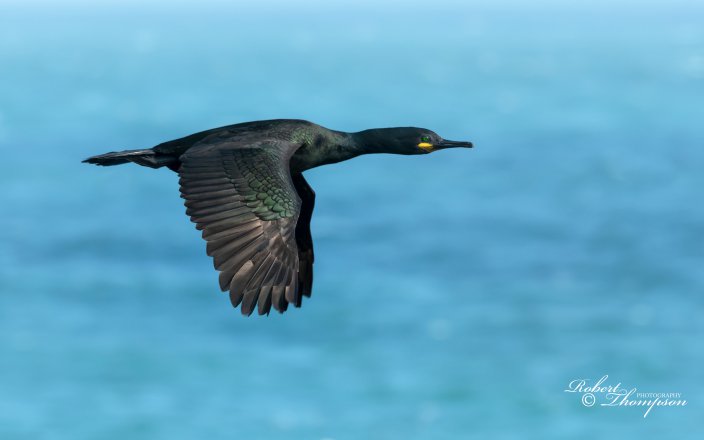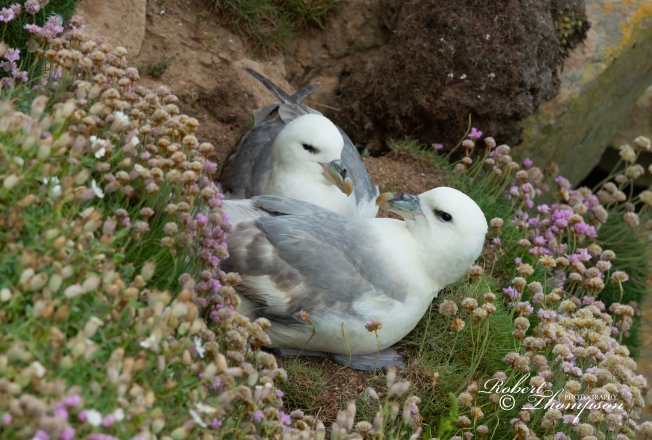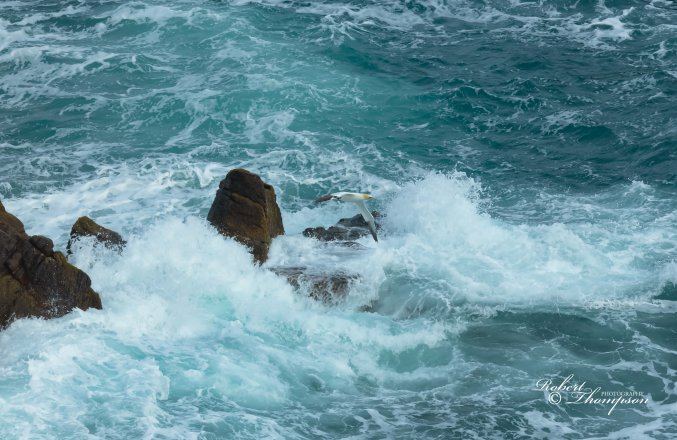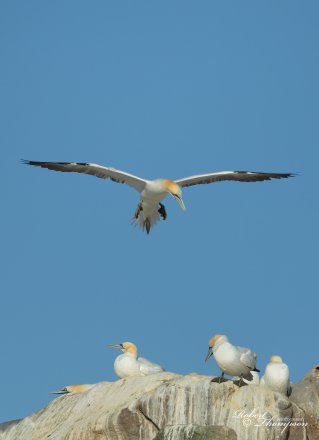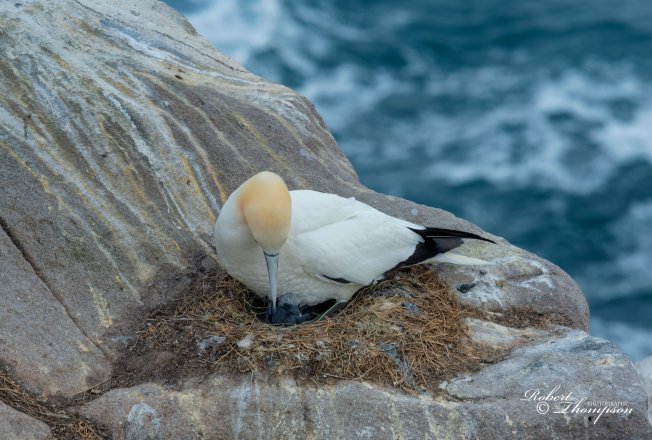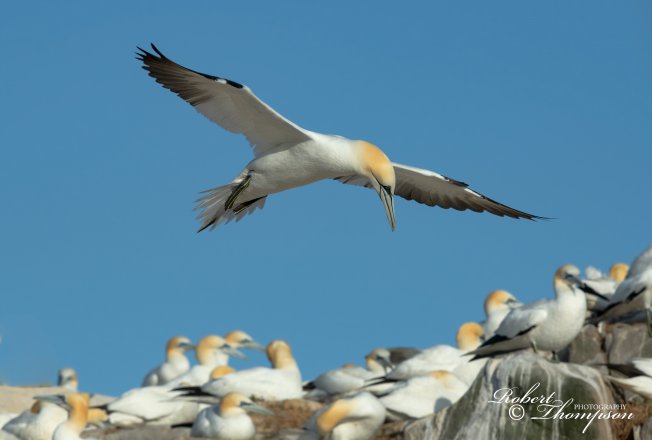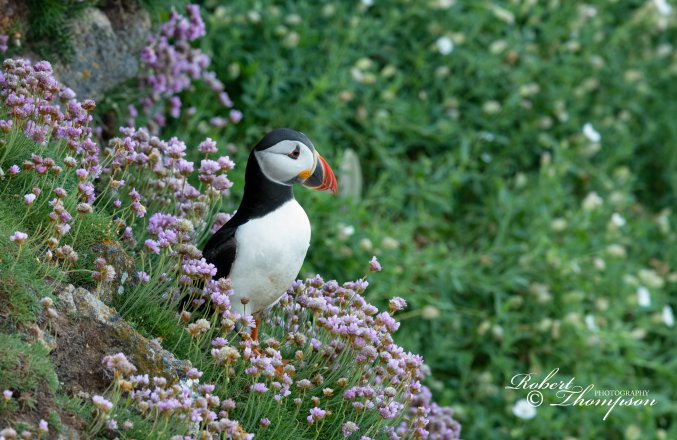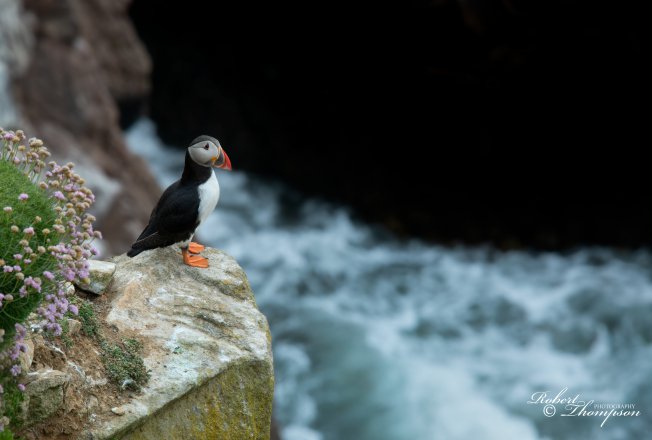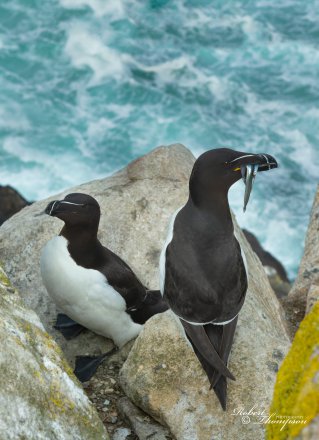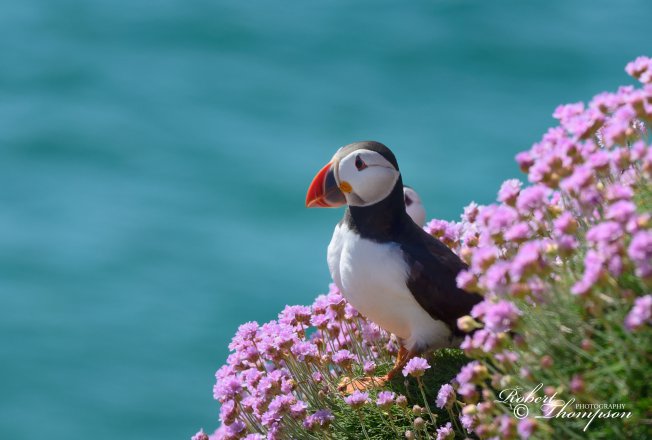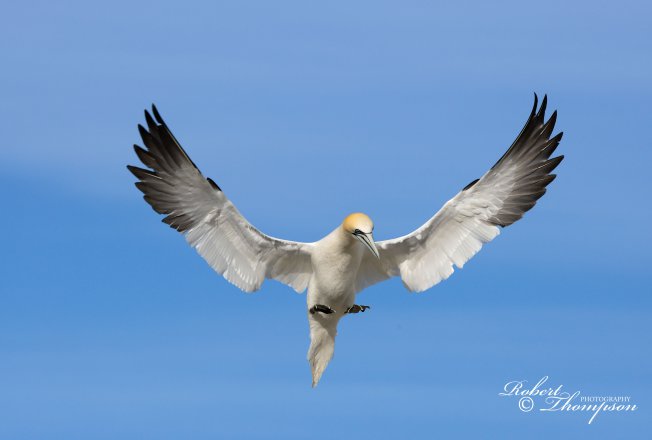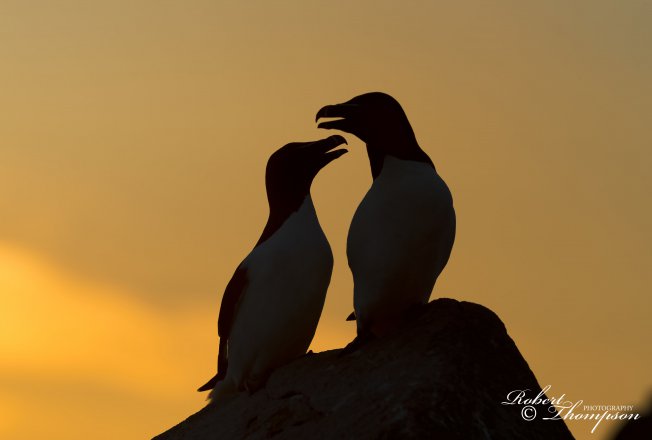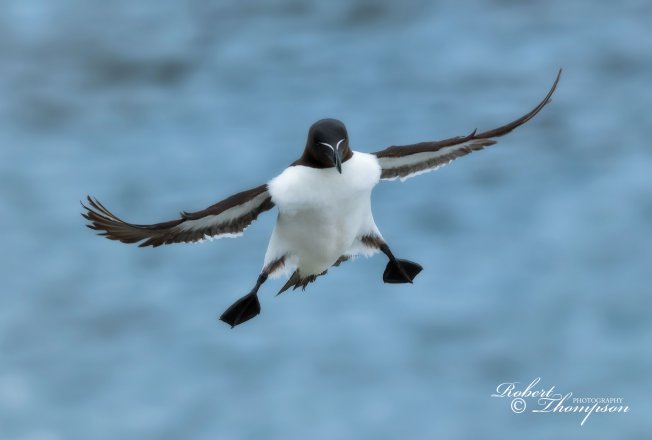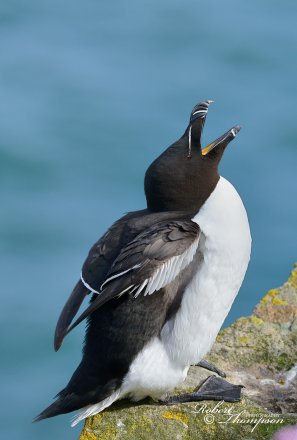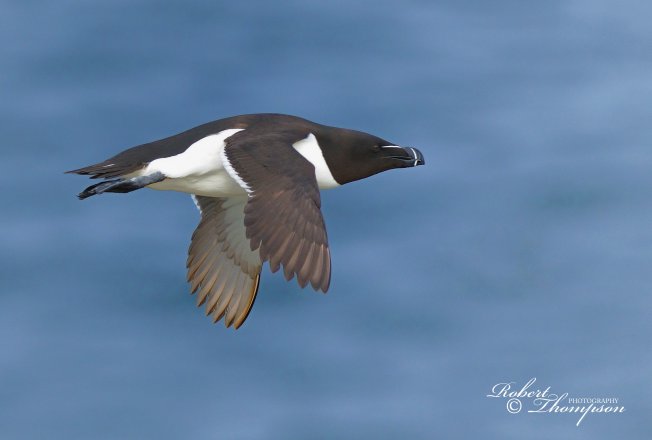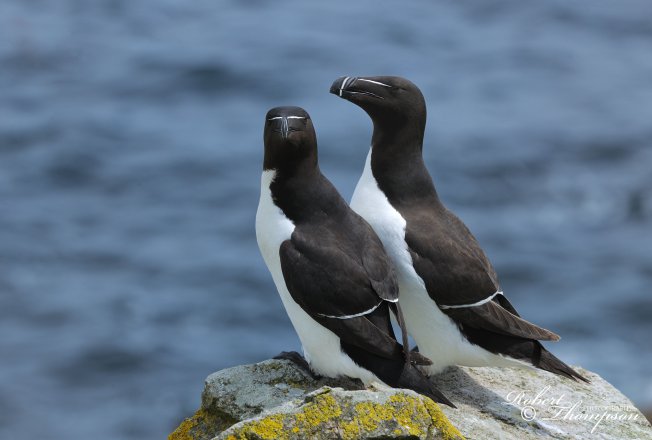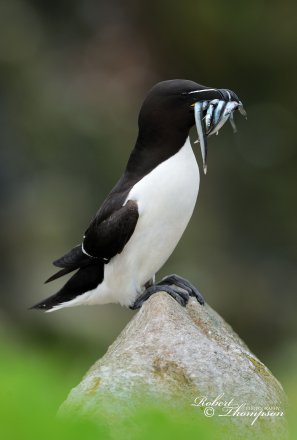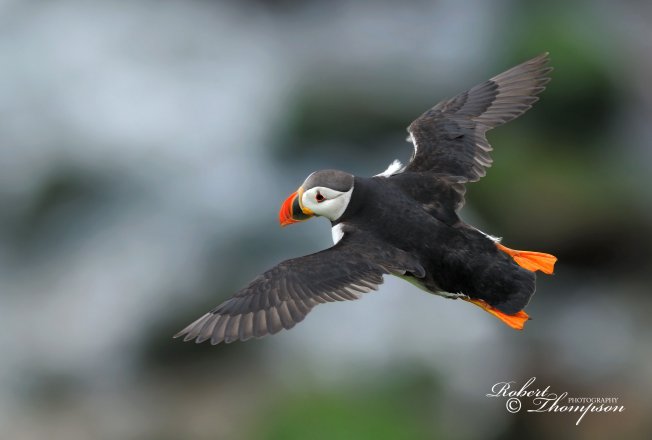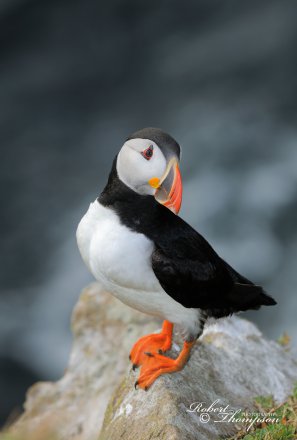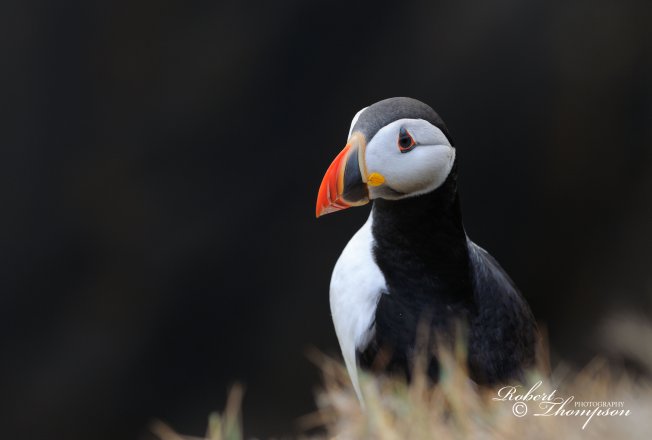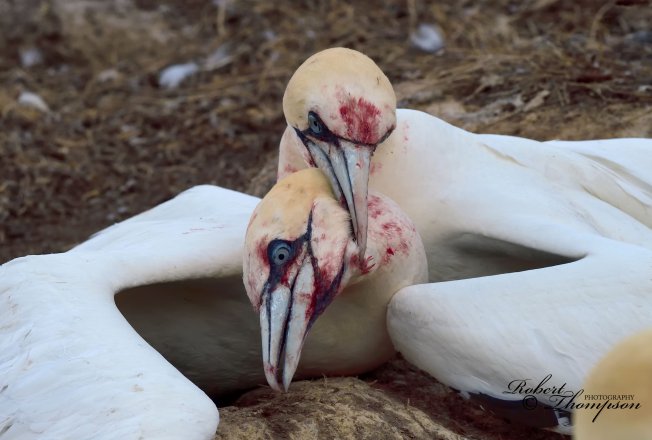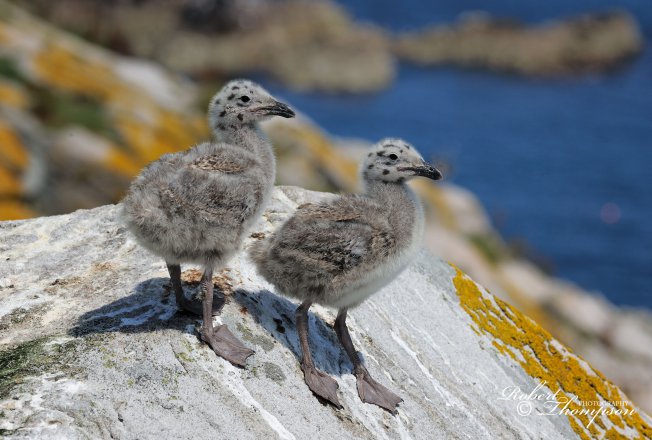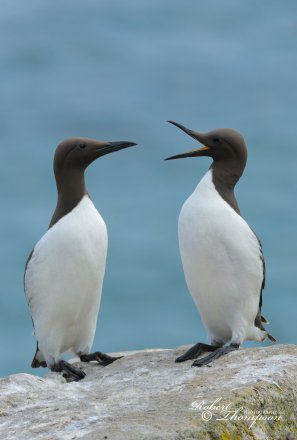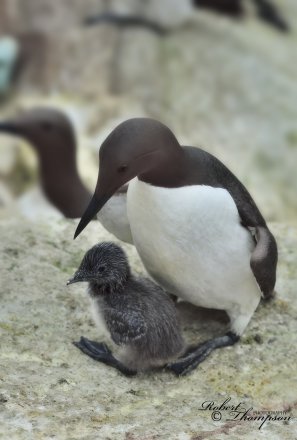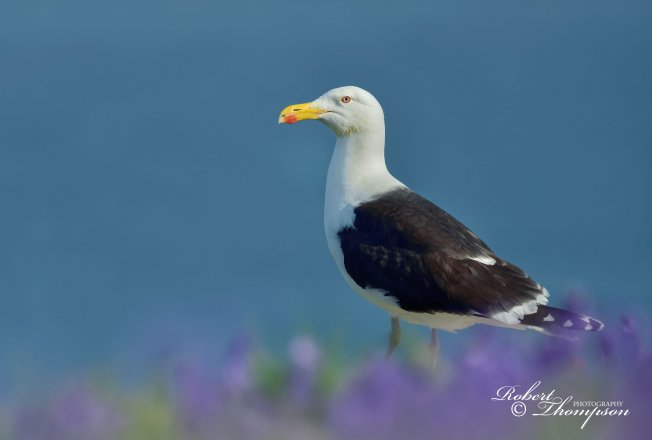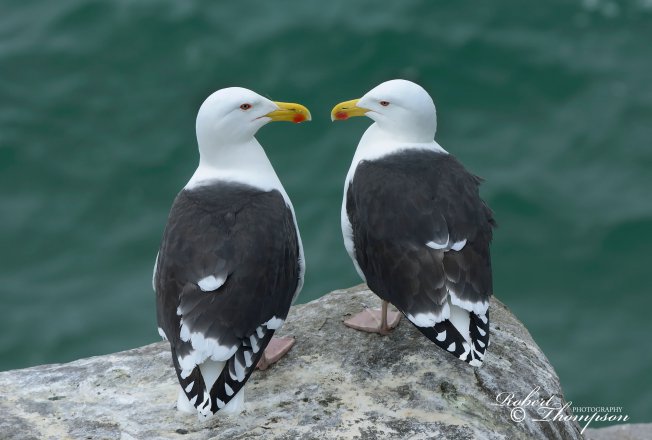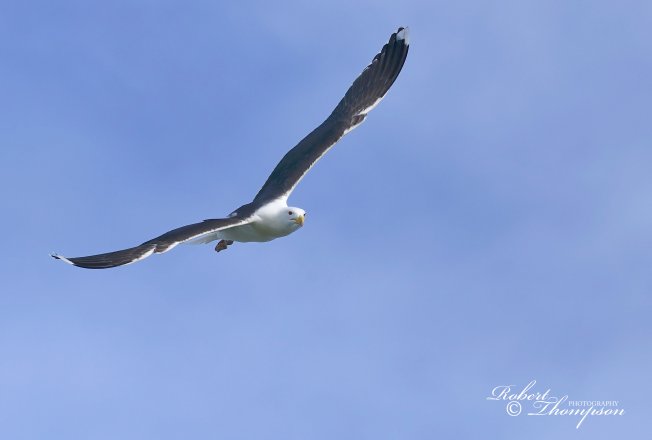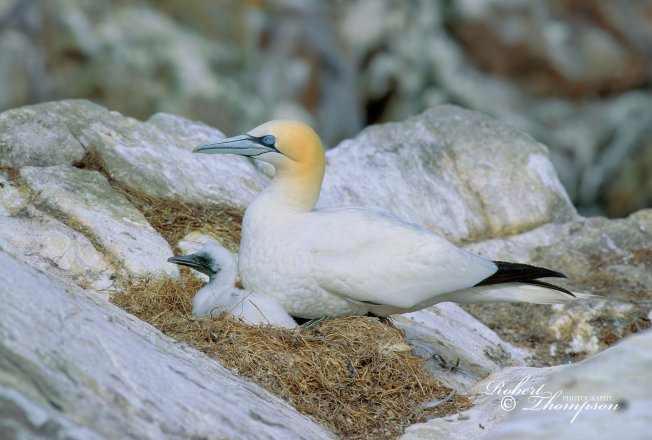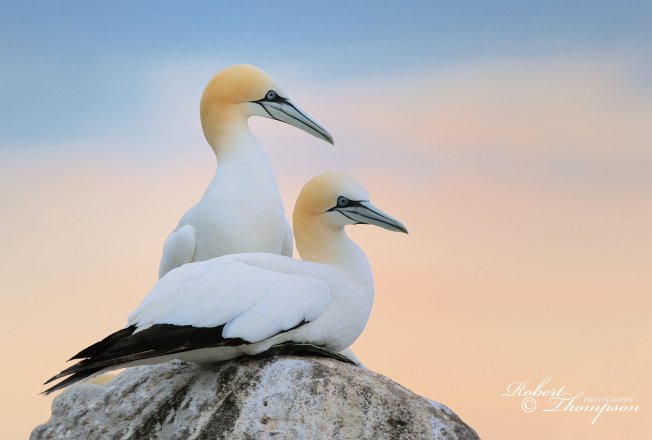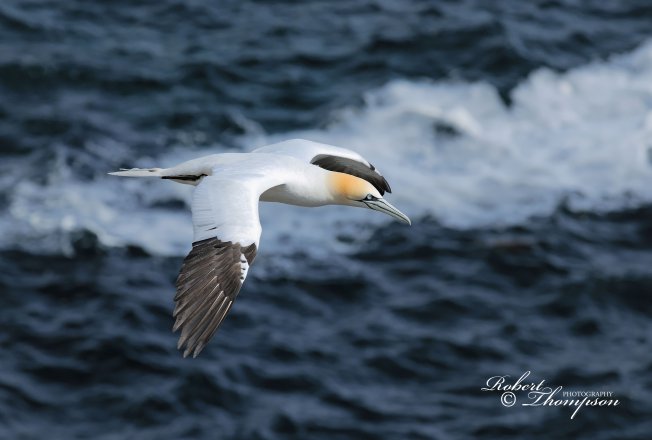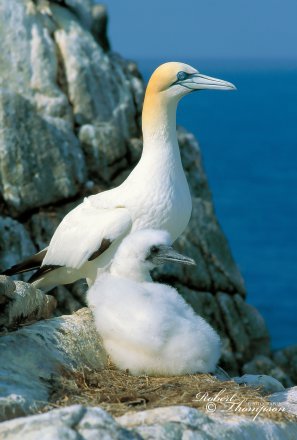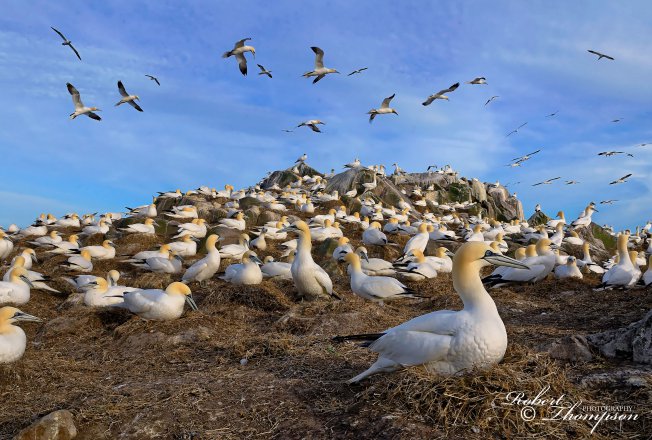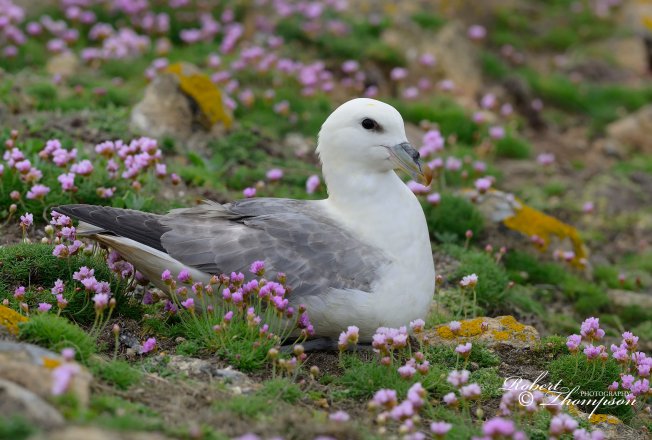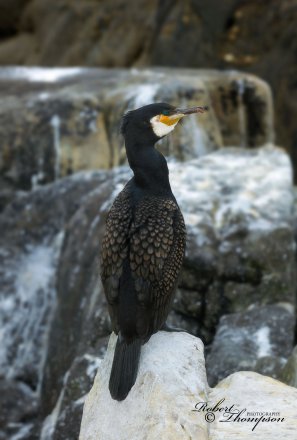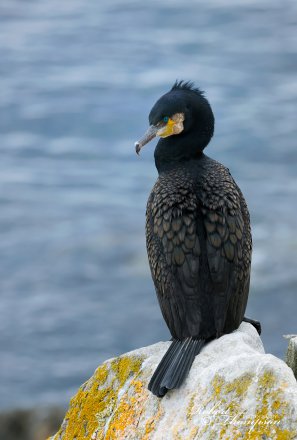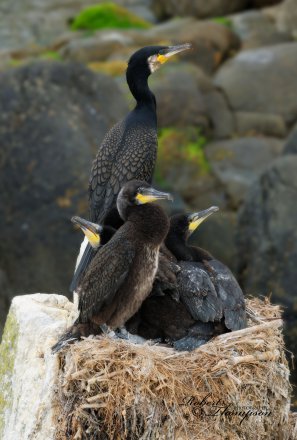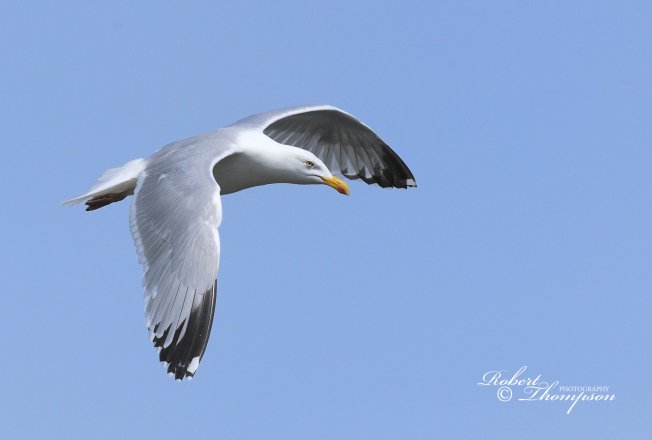Saltee Islands
Ireland is perhaps better known for its remarkable landscapes rather than its rich and varied wildlife. Each year thousands of seabirds make the annual journey in spring to breed on many of the well-known islands around the Irish coast.
The Saltee’s are Ireland’s best know bird islands and one of the most important breeding sites in Europe for many seabirds. They lie in the St George’s Channel, about 5km off the County Wexford coast in south-east Ireland.
The Islands origins date back some 600 million years in geological time to the pre-Cambrian period. They are composed mainly of metamorphic Lewisian Gneiss – one of the oldest rocks in the world, named after the Isle of Lewis in the Hebrides. Archaeological evidence shows that there were Vikings and religious settlements on the islands. Pirates were also present at one point, using it as a base for smuggling and plundering the wealthy merchant ships that ran the gauntlet through the channel. The islands also became known as ‘the graveyard of a thousand ships’, due to the many vessels that met their fate in the turbulent waters surrounding them.
When you experience Great Saltee for the first time the memory is forever with you. I have been coming to the islands for nearly 20 years both as photographer running workshops and on commissioning contracts from the National Parks and Wildlife Service among others. The site and smell of over 20,000 seabirds on the cliffs is breathtaking and never fails to stir my emotions.
The ideal time to visit the islands is during May and June when activity is at its peak. From mid-May, the island is awash with colour, bluebells, campions, and thrift, provide an attractive backdrop to the nesting burrows of puffins and grassy ledges occupied by fulmars. There are over 130 species of wildflowers recorded from the islands.
The Saltee Islands are recognised internationally for their large populations of breeding seabirds. Both islands are of high conservation importance are listed on Annex I of EU Habitats Directive, as are two species of bird which are registered on the EU Birds Directive. Both islands have been designated a Special Protection Area (SPA) since the mid-1980s.
When I first visited the island its popularity as a seabird photography destination was less well known outside Ireland. Today that is no longer the case, and with an increasing number of day-trippers and photographers from much further afield now coming to Great Saltee, its fragile ecosystem is under more pressure than ever before. The balance between people wanting to engage at a more intimate level with nature and nature itself needing space to function is always a contentious issue; regrettably, nature is all too often the looser.
Below are a small collection of images from my library on these remarkable islands.
